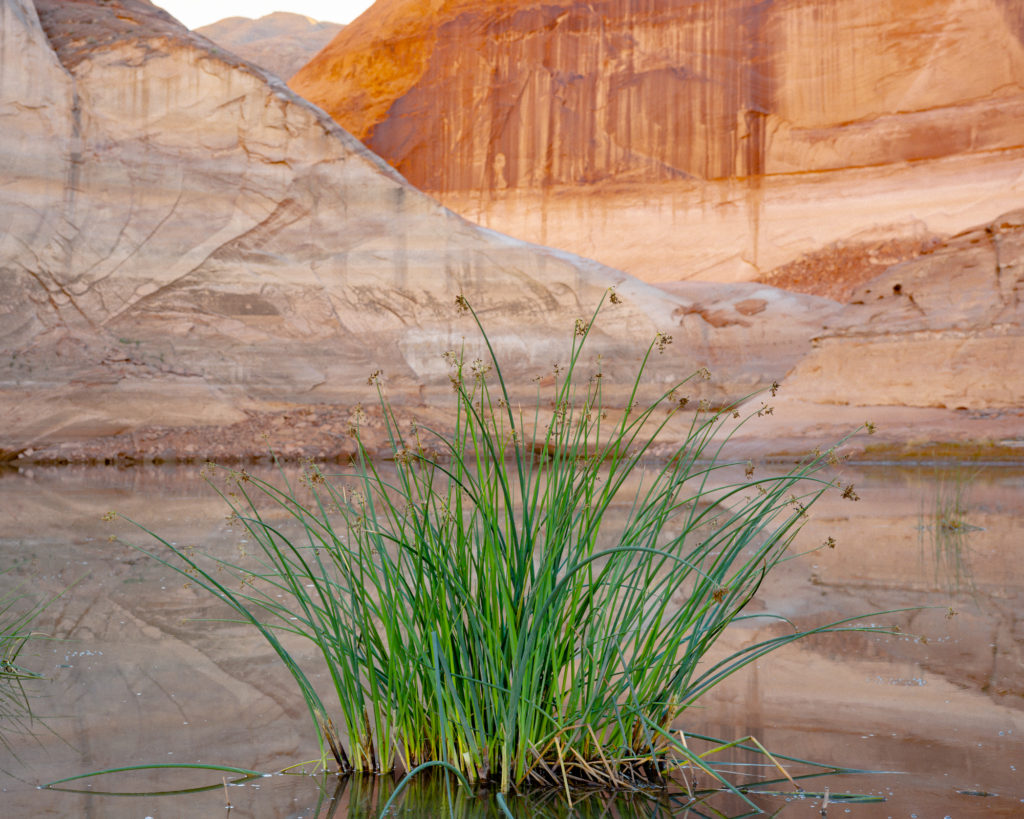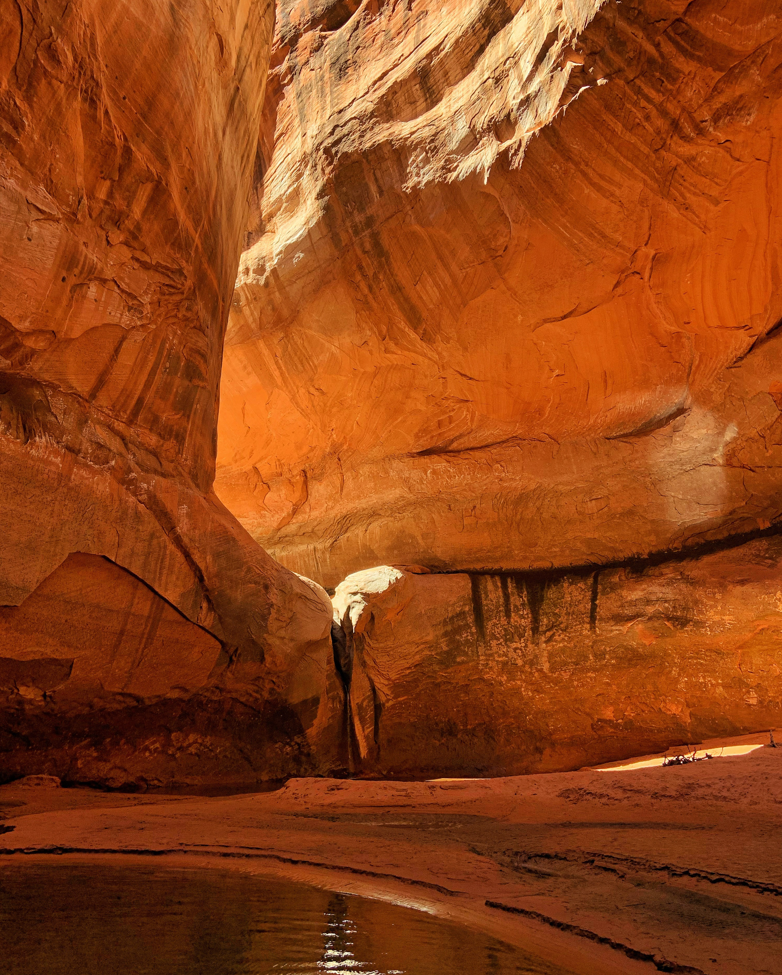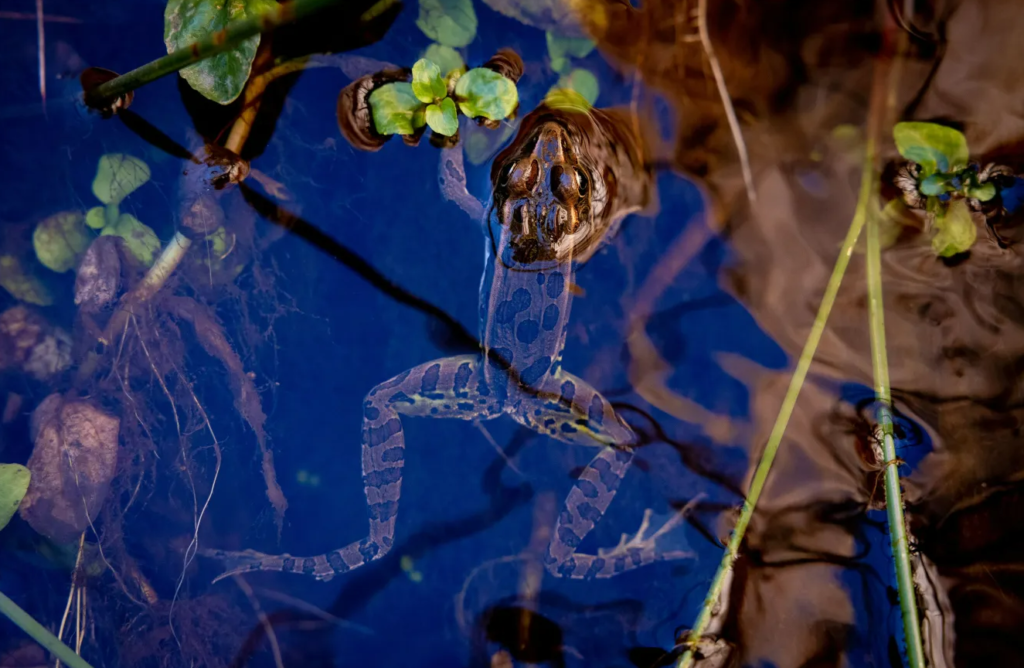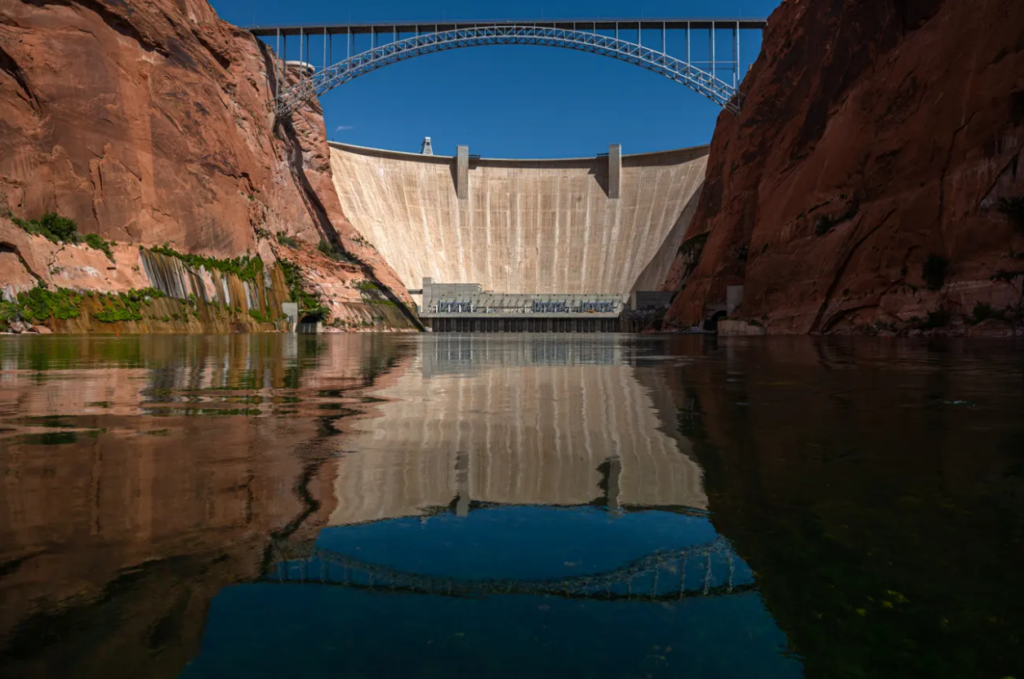
glen canyon instituteDedicated to the restoration of Glen Canyon and a free flowing Colorado River.
GCI
Comment on the Post-2026 EIS: Help Protect Glen Canyon
The current comment period for the Post-2026 Guidelines has closed. We will update this page when alternatives are announced and there is another opportunity to comment.
Please click here to read Glen Canyon Institute’s full comment to the Bureau of Reclamation.
Thank you for your support of the canyon and river.
What is the post-2026 EIS?
The Post-2026 guidelines will serve as a roadmap for how the Colorado River and its reservoirs will be managed in the decades ahead. Its precursor was the 2007 Interim Guidelines, which were drafted at the onset of the Colorado River’s aridification in the early 2000s. The plan was meant to hold the system over in the “interim” period of drought. Of course, we now know the drought wasn’t temporary, but was part of a larger warming and drying trend in the Basin.

As climate change reduced flows on the river, government agencies implemented a myriad of additional measures to prevent Powell and Mead from dropping below minimum power pool:
-
2013 Long Term Experimental Management Plan (LTEMP) EIS
-
2019 Drought Contingency Plans (DCP), which implemented cuts in the Lower Basin
-
2022/23 Drought Response Operation Agreement, which authorized the release of water from upstream reservoirs like Flaming Gorge, Navajo, and Blue Mesa
With these extensive efforts and a miracle snow year in 2023, the Colorado River system will likely make it to 2026 by the skin of its teeth, when the ‘07 guidelines expire.
Why is the EIS so Important?
But what comes next? If the Post-2026 Guidelines are meant to carry the system decades into the future, then new ideas will need to be considered. Even with the drastic efforts to prop up Lake Powell in recent years, it barely avoided dropping below minimum power pool, at the expense of holding water back from Lake Mead and depleting Flaming Gorge. If climate change is only going to put more pressure on the river, then decision makers need to start thinking about what to do when Lake Powell drops below power pool – they need to start planning for what comes after Lake Powell.
In 2022, Glen Canyon Institute and a coalition of organizations released a report highlighting the plumbing problem at Glen Canyon Dam – the fact that it becomes a roadblock to water delivery at low levels. While the dam was built in an era of excess water, it actually impedes the flow of water downstream when reservoir levels dip below power pool. This is why it’s imperative that the agencies assess the full bypass of Glen Canyon Dam, so that the river’s infrastructure can be adaptive and resilient enough to withstand a future with less water. While the idea of bypassing Glen Canyon Dam was once considered crazy, the Bureau of Reclamation has actually started to look at the idea and leading scientists in the basin are now recommending that the idea be given a serious look. Any modifications to Glen Canyon Dam will take at least a decade to implement, which means it needs to be a part of the planning process now.


Emerging Resources in Glen Canyon
In the years since Lake Powell reservoir has declined, we have seen an amazing reemergence of wonders like Cathedral in the Desert, Gregory Natural Bridge, as well as lush riparian ecosystems, and priceless archeological sites. The place known as “America’s lost National Park” is coming back to life, and the public is taking notice. Media outlets from around the world have flocked to witness Glen Canyon’s miraculous reemergence, sparking the imaginations of millions. When the dam was commissioned in 1956, there were no environmental laws to assess its impacts. Now that Glen Canyon has begun to reveal itself, the immense value of its resources needs to be accounted for as decision makers choose where to store water.
Filing Mead First
Glen Canyon Dam was considered by many to be one of the United State’s greatest environmental mistakes. Lawmakers like Barry Goldwater and Stuart Udall, who signed off on the project, would go on to regret damming one of the most incredible canyons on earth. The environmental impacts of the dam are extensive, completely altering the Grand Canyon downstream, and drowning 186 miles of canyon upstream. If climate change means there’s not enough water to fill both Powell and Mead, fill Mead first and let Glen Canyon continue its incredible recovery.
This is a critical opportunity for the public to voice support for Glen Canyon and a free-flowing Colorado River!

PLEASE TAKE ACTION BY SUBMITTING A COMMENT TODAY
Here are some key points to include in your note:
-
The EIS should analyze the full bypass of Glen Canyon Dam. As climate change continues to reduce flows on the river, the dam becomes more of a liability preventing water from flowing downstream. Analyzing the full bypass of the dam would give the river, its users, and its ecosystem the most flexibility and adaptability in a drier future.
-
The EIS should acknowledge the extensive resources that have emerged in Glen Canyon. In the years since Lake Powell reservoir has declined, we have seen an amazing reemergence of wonders like Cathedral in the Desert, Gregory Natural Bridge, as well as, and lush riparian ecosystems, and priceless archeological sites. The immense value of Glen Canyons resources needs to be accounted for as decision makers choose where to store water.
-
The EIS should analyze a “Fill Mead First” model, prioritizing water storage in Mead before Powell, including a “don’t fill past 3,550” policy at Lake Powell reservoir. For most of the past decade, there hasn’t been enough water in the Colorado’s mainstem reservoirs to fill either Lake Powell or Lake Mead. If there isn’t enough water to fill either one, it doesn’t make sense to needlessly drown the national park-caliber canyons in Glen. Fill Lake Mead first, and give Glen Canyon the opportunity to continue its amazing restoration.
We hope you will join us in advocating for a better future for Glen Canyon and the Colorado River. Please take a few minutes and submit a comment and let the Bureau of Reclamation know how valuable Glen Canyon’s restoration is!
The comment period is open until August 15th. Comments can be emailed to crbpost2026@usbr.gov.